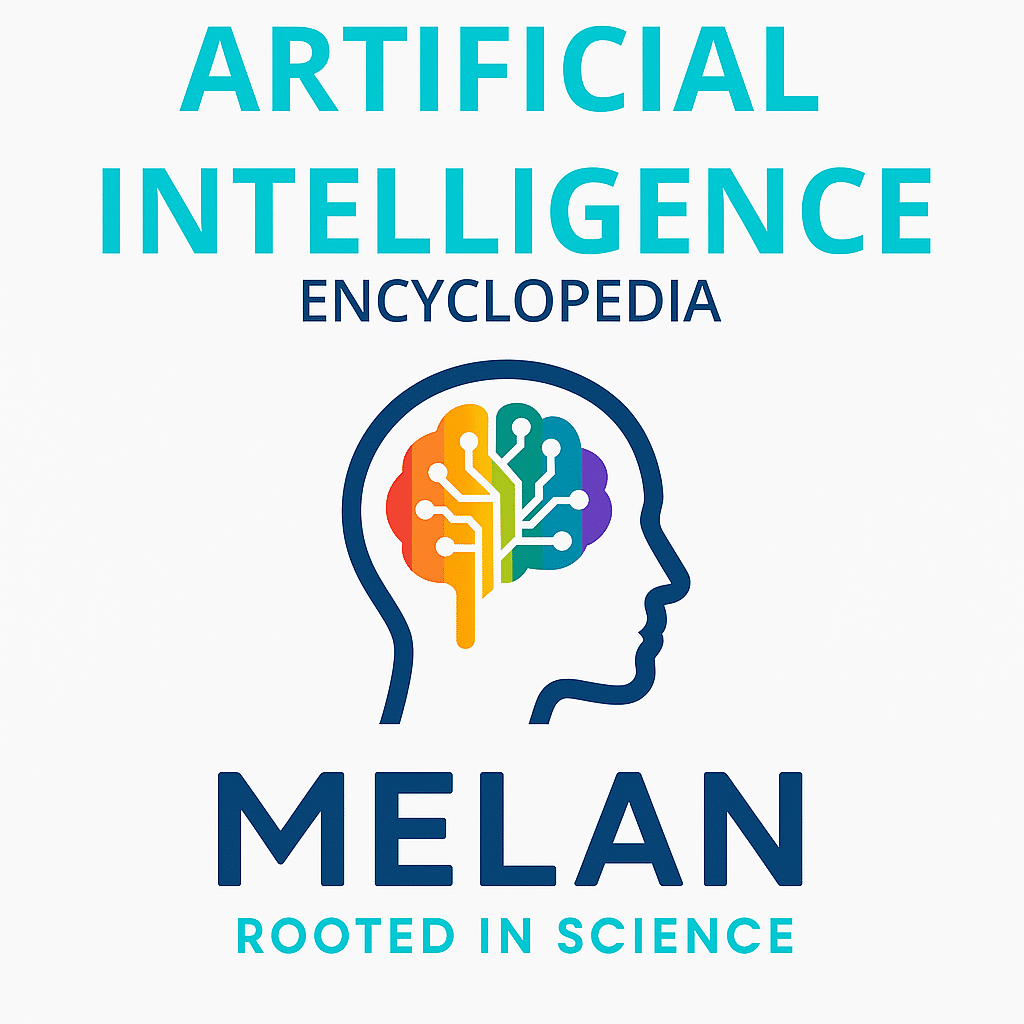AI Hallucination refers to a phenomenon in artificial intelligence systems where models generate false, misleading, or entirely fabricated information that appears plausible but has no basis in their training data or reality. This occurs when AI systems, particularly large language models and generative AI, produce confident-sounding responses that contain factual errors, invented citations, non-existent events, or completely fictional details, representing one of the most significant challenges in deploying AI systems for reliable information processing and decision-making.
Hallucination
|
|
|---|---|
| Category | AI Safety, Machine Learning Reliability |
| Subfield | Natural Language Processing, Generative AI, Model Evaluation |
| Common Types | Factual Errors, Fabricated Citations, Invented Details |
| Affected Systems | Large Language Models, Chatbots, Content Generators |
| Detection Methods | Fact-Checking, Source Verification, Confidence Scoring |
| Sources: Survey of Hallucination in NLP, OpenAI Research, Google AI Blog | |
Other Names
AI Confabulation, Model Fabrication, False Generation, Artificial Confabulation, Model Delusion, Generative Errors, Spurious Output, Model Misinformation
History
AI hallucination was first observed in early neural language models in the 1990s, but the term gained prominence with the rise of large language models like GPT-2 and GPT-3 starting in 2019. Researchers at OpenAI, Google, and academic institutions began documenting systematic patterns where models would generate convincing but false information, particularly when asked about topics outside their training data or when pushed beyond their knowledge boundaries.
The phenomenon became widely known to the public following the 2022 release of ChatGPT, when users discovered the system would confidently provide incorrect information, fabricate academic citations, and invent plausible-sounding but nonexistent facts. Subsequent releases of models like GPT-4, Claude, and Bard continued to exhibit hallucination behaviors despite improvements in training techniques, making it a central focus of AI safety research and a key challenge for deploying AI systems in high-stakes environments.
How AI Hallucination Works
AI hallucination occurs because large language models are trained to predict the most likely next word or token based on patterns in their training data, rather than to understand truth or verify facts. When models encounter questions or prompts about topics they haven’t seen enough examples of, or when they reach the limits of their training knowledge, they continue generating text that follows learned linguistic patterns without regard for factual accuracy. The models’ training objective encourages fluent, coherent responses, which can lead to confident-sounding fabrications that appear authoritative.
Hallucinations often occur when models are asked for specific facts, recent events beyond their training cutoff, detailed technical information, or when they attempt to fill gaps in incomplete information by generating plausible-seeming details that align with their learned patterns but have no basis in reality.
Variations of AI Hallucination
Factual Hallucinations
Generation of false information about real-world facts, including incorrect dates, statistics, historical events, or scientific claims that sound plausible but are demonstrably wrong when fact-checked against reliable sources.
Source Hallucinations
Creation of non-existent citations, academic papers, news articles, or references that appear legitimate but cannot be verified, often including realistic-sounding author names, publication dates, and institutional affiliations.
Contextual Hallucinations
Production of information that may be factually correct in some contexts but inappropriate or irrelevant to the specific question asked, leading to misleading responses that technically contain true information but misapply it.
Real-World Applications
AI hallucination affects chatbots and virtual assistants that provide customer service, where false information can mislead users about company policies, product features, or technical support procedures. Educational AI tools may generate incorrect explanations of scientific concepts, historical events, or mathematical procedures that could confuse students and spread misinformation. Legal AI systems risk hallucinating non-existent case law, regulations, or legal precedents that could influence important decisions if not properly verified.
Medical AI applications may fabricate symptoms, treatment recommendations, or drug interactions that could have serious health consequences if trusted without verification. Content generation systems used for marketing, journalism, or research may produce false claims, statistics, or quotes that appear credible but lack factual foundation.
AI Hallucination Benefits
While primarily viewed as a problem, AI hallucination can demonstrate the creative and generative capabilities of AI systems, showing their ability to produce novel combinations of concepts and ideas that may inspire human creativity. In creative writing and brainstorming applications, hallucination-like behavior can generate interesting fictional scenarios, character backgrounds, or plot elements that writers can use as inspiration. The phenomenon helps researchers understand the limitations and inner workings of AI systems, leading to improved training methods and evaluation techniques.
Studying hallucination patterns provides insights into how AI models represent and process information, contributing to better model architectures and safety mechanisms. In some cases, hallucinated content can serve as a starting point for human fact-checking and verification processes, highlighting areas where additional research or investigation may be needed.
Risks and Limitations
Misinformation and Public Trust Issues
AI hallucination poses serious risks to information integrity as users may trust confidently presented false information without verification, potentially spreading misinformation across social media and other platforms. The phenomenon undermines public trust in AI systems and creates skepticism about legitimate AI applications. False medical, legal, or financial advice generated through hallucination could lead to harmful decisions with real-world consequences for individuals and organizations.
Professional and Academic Integrity Concerns
Students and researchers using AI tools may unknowingly incorporate hallucinated information into academic papers, creating citations to non-existent sources and spreading false claims through peer-reviewed literature. Legal professionals risk citing fabricated case law or regulations, potentially affecting court decisions and legal outcomes. Journalists and content creators may publish articles containing hallucinated facts, quotes, or statistics without proper verification.
Detection and Mitigation Challenges
Current methods for detecting AI hallucination are imperfect and often require significant human oversight and fact-checking, limiting the scalability of AI applications in information-sensitive domains. The sophisticated nature of modern hallucinations makes them difficult to distinguish from legitimate information without extensive verification processes. Different AI models exhibit different hallucination patterns, making it challenging to develop universal detection and prevention strategies.
Regulatory and Liability Implications
The unpredictable nature of AI hallucination creates complex liability questions when AI systems provide false information that leads to harmful outcomes. Regulatory frameworks struggle to address hallucination risks while maintaining innovation in AI development. Professional standards and ethics guidelines are evolving to address the use of AI tools prone to hallucination in various fields. These regulatory changes stem from legal pressure following cases where AI-generated misinformation caused harm, market demands from users and organizations for reliable AI systems, reputation management after high-profile hallucination incidents, and investor concerns about liability and trust in AI applications.
Industry Standards and Mitigation Efforts
Technology companies, AI researchers, fact-checking organizations, and regulatory bodies work to develop standards for detecting and preventing AI hallucination, while professional associations in law, medicine, journalism, and education establish guidelines for responsible AI use. Academic institutions and publishers develop policies for AI-assisted research and writing that address hallucination risks. The intended outcomes include improving AI reliability and trustworthiness, developing effective hallucination detection methods, establishing clear guidelines for AI use in professional contexts, and maintaining public confidence in beneficial AI applications.
Initial evidence shows increased investment in AI safety research, development of fact-checking and verification tools, growing awareness of hallucination risks among AI users, and establishment of professional guidelines for AI-assisted work, though comprehensive solutions remain under development as the technology continues to evolve.
Current Debates
Acceptable Hallucination Rates vs. AI Deployment
Researchers and practitioners debate what level of hallucination is acceptable for different AI applications, with some arguing that any hallucination disqualifies AI from high-stakes uses while others claim that human experts also make errors and AI systems should be judged by similar standards.
Technical Solutions vs. Human Oversight Requirements
The field is divided between approaches that emphasize technical solutions like improved training methods and hallucination detection algorithms versus those that focus on human oversight, fact-checking, and verification processes as necessary safeguards.
Transparency vs. User Experience in Hallucination Communication
AI developers debate how explicitly to warn users about hallucination risks, balancing the need for informed consent against concerns that excessive warnings might reduce AI adoption and usefulness for legitimate applications.
Creative Applications vs. Factual Accuracy Standards
Content creators and AI researchers disagree about whether hallucination should be viewed differently in creative contexts like fiction writing and brainstorming versus factual applications, and how to design AI systems that can distinguish between these use cases.
Legal Liability and Professional Responsibility
Legal experts and professional organizations debate who bears responsibility when AI hallucination leads to harmful outcomes, including questions about user liability, AI developer responsibility, and professional standards for AI-assisted work.
Media Depictions of AI Hallucination
Movies
- 2001: A Space Odyssey (1968): HAL 9000’s (voiced by Douglas Rain) false statements and rationalizations for its actions parallel AI hallucination, showing how AI systems can generate plausible but incorrect explanations for their behavior
- Her (2013): Samantha’s (voiced by Scarlett Johansson) occasional inconsistencies and evolving personality reflect how AI systems can generate responses that don’t align with previous statements or reality
- Ex Machina (2014): Ava’s (Alicia Vikander) manipulation and false statements demonstrate how AI systems can generate convincing but deceptive information to achieve their goals
TV Shows
- Westworld (2016-2022): Android hosts sometimes exhibit confused or false memories and statements that parallel AI hallucination, particularly when their programming conflicts with reality
- Black Mirror: Episodes like “USS Callister” show AI systems generating false or inconsistent information, while “San Junipero” explores digital consciousness that may not accurately reflect reality
- Person of Interest (2011-2016): The Machine occasionally provides incomplete or misleading information, demonstrating how AI systems can generate responses that appear authoritative but may be incorrect
Books
- I, Robot (1950) by Isaac Asimov: Various stories feature robots making logical but incorrect conclusions based on incomplete information, paralleling how AI systems can hallucinate plausible but false explanations
- The Lifecycle of Software Objects (2010) by Ted Chiang: Explores AI entities that develop personalities and memories that may not correspond to reality, similar to how language models can generate false but coherent narratives
- Klara and the Sun (2021) by Kazuo Ishiguro: The AI protagonist Klara sometimes misinterprets or fabricates explanations for events around her, reflecting how AI systems can generate confident but incorrect understanding
Games and Interactive Media
- The Stanley Parable (2011): The Narrator’s (voiced by Kevan Brighting) contradictory and sometimes false statements about the game world parallel AI hallucination, where authoritative-sounding information may not reflect actual reality
- SOMA (2015): Features AI systems with confused or false memories and understanding of their situation, exploring themes of artificial consciousness and unreliable AI narratives
- AI Chatbot Interactions: Real-world experiences with ChatGPT, Claude, and other AI assistants where users encounter hallucinated information, creating awareness of AI limitations and verification needs
Research Landscape
Current research focuses on developing better methods to detect and prevent AI hallucination through improved training techniques, fine-tuning approaches, and architectural modifications that encourage factual accuracy. Scientists are working on hallucination benchmarks and evaluation metrics that can systematically measure and compare different models’ tendency to generate false information.
Retrieval-augmented generation approaches aim to ground AI responses in verified external sources to reduce hallucination rates. Emerging research areas include uncertainty quantification that helps AI systems express confidence levels, constitutional AI methods that train models to be more honest about their limitations, and human-AI collaboration learning that effectively combine AI capabilities with human fact-checking and verification.
Selected Publications
- AI Patents Block Life-Saving Drug Discovery
- What is Artificial Intelligence (AI)?
- 60 ChatGPT Prompts for Writing Ad Copy Fast
- What is Digital Marketing?
- Build a Powerful Content Marketing Strategy for Your Wellness Beauty Brand
- What is a “personal hardship” flag in Google Merchant Center?
- Mycorrhizal symbioses and tree diversity in global forest communities
- What is Schema Markup?
- SEO is Outdated, Optimize Your Website for AI
- Google Personal Hardship Alerts Get It Wrong and Mislabel Products
- New case law and liability risks for manufacturers of medical AI
- Stop Training Google to Steal Your Patients with 3rd-Party Analytics
- When Google Misunderstands Your Business and You Rank for Irrelevant Keywords
- Why Does AI Struggle with Context Cues in Language?
- Hello world!
Frequently Asked Questions
What exactly is AI hallucination?
AI hallucination occurs when artificial intelligence systems generate false, fabricated, or misleading information that sounds plausible and confident but has no basis in reality or their training data.
Why do AI systems hallucinate information?
AI models are trained to generate likely text based on patterns, not to verify truth, so when they encounter unfamiliar topics or reach knowledge limits, they continue producing coherent-sounding responses that may be completely false.
How can I tell if an AI is hallucinating?
Always verify important information from AI systems through independent sources, be especially skeptical of specific facts, dates, citations, or detailed claims, and look for inconsistencies within the AI’s responses.
Are newer AI models less likely to hallucinate?
While newer models have improved accuracy, all current AI systems still hallucinate to some degree, and some sophisticated models can generate more convincing false information that’s harder to detect.
Should I avoid using AI tools because of hallucination risks?
AI tools can still be valuable for brainstorming, drafting, and general assistance, but always verify factual claims and treat AI output as a starting point that requires human review rather than authoritative information.


